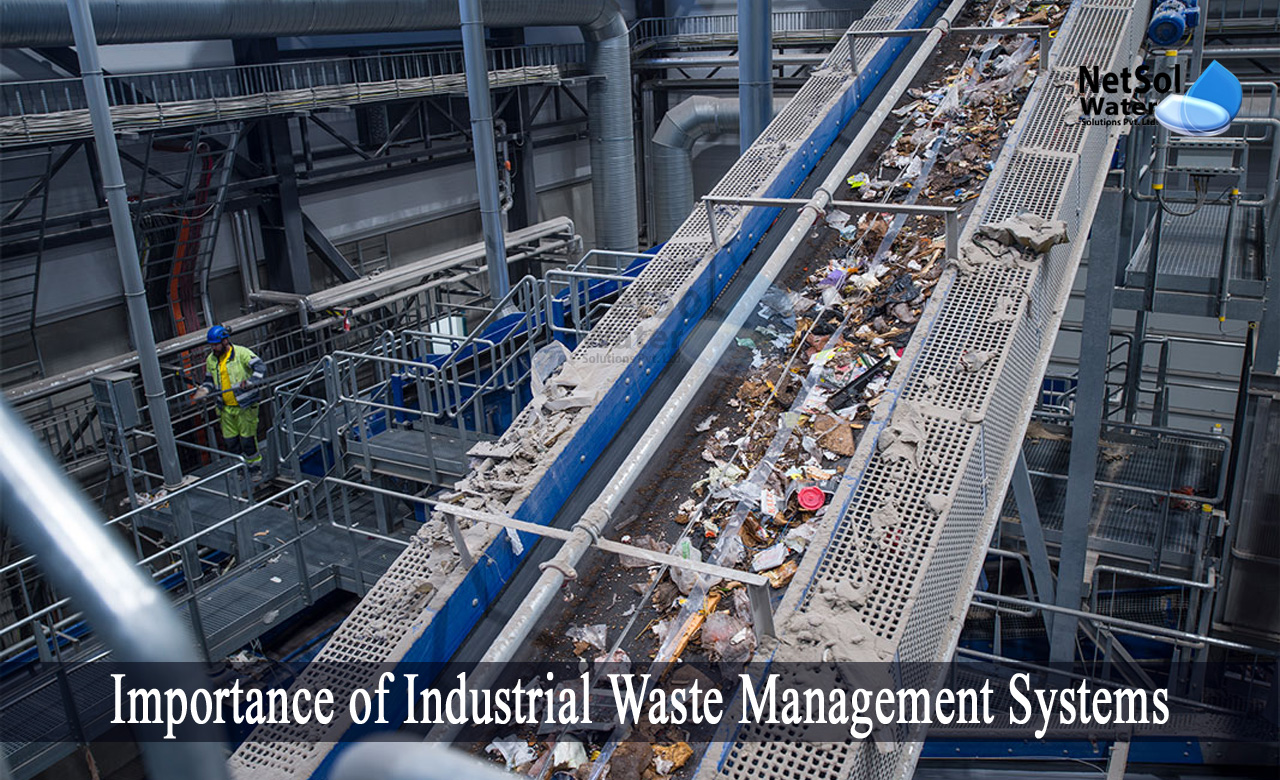See This Report about Reclaim Waste
Table of ContentsHow Reclaim Waste can Save You Time, Stress, and Money.Excitement About Reclaim WasteThe smart Trick of Reclaim Waste That Nobody is DiscussingLittle Known Facts About Reclaim Waste.What Does Reclaim Waste Mean?
Explore the kinds, occurrences, and types of fluid waste. Domestic sewer waste refers to the waste and products from a residential sewage-disposal tank. This sort of waste is produced by human beings in houses, schools, and other buildings. This only consists of sewage-disposal tanks that have a drain field. The correct administration and disposal of residential sewage waste call for fluid waste to be moved to a sewer treatment plant where the appropriate techniques and tools are related to purify and get rid of waste.
Commercial waste frequently consists of potential risks, such as combustible materials or a blend of fluid and strong waste products, and requires a much more innovative and comprehensive disposal process. The disposal of business waste generally includes the filtering of waste prior to transport to ensure safe and appropriate disposal. Hazardous waste is developed from results and runoff of industrial processes and manufacturing.
This sort of waste can not utilize the same sewer administration transportation or procedures as septic or commercial fluids. The hazardous waste administration process calls for the inspection and testing of liquid waste before it goes through the disposal process (liquid waste disposal melbourne). Runoff waste is the liquid waste that comes from runoff and excess stormwater in very booming areas or cities
Drainage waste can create contamination and flooding if not managed appropriately. Making certain correct waste management can avoid calamities and minimize ecological injury.
Some Known Factual Statements About Reclaim Waste
Contact PROS Providers today to learn more about our waste administration and disposal solutions and the appropriate ways to take care of the fluid waste you produce.
(https://www.domestika.org/en/reclaimwaste1)This so-called 'wastewater' is not just a vital resource yet, after therapy, will certainly be released to our land, waterways or the sea. Used water from commodes, showers, baths, cooking area sinks, washings and commercial processes is recognized as wastewater.

water used to cool equipment or tidy plant and devices). Stormwater, a type of wastewater, is overflow that flows from agricultural and city locations such as roofing systems, parks, yards, roadways, courses and seamless gutters into stormwater drains, after rain. Stormwater moves unattended directly to neighborhood creeks or rivers, ultimately getting to the ocean.
The Single Strategy To Use For Reclaim Waste
In Queensland, the majority of wastewater is treated at sewage therapy plants. Wastewater is moved from domestic or commercial websites with a system of sewers and pump stations, known as sewerage reticulation, to a sewer therapy plant.
The Department of Natural Resources encourages neighborhood governments regarding handling, operating and maintaining sewerage systems and treatment plants. In unsewered areas, city governments may require householders to mount private or family sewer treatment systems to treat domestic wastewater from bathrooms, cooking areas, restrooms and washings. The Department of Natural Resources authorises the use of family systems when they are confirmed to be efficient.
In some new subdivisions, treatment of some stormwater to remove trash, sand and crushed rock has begun utilizing gross pollutant catches. Wastewater therapy happens in four stages: Eliminates strong matter.
Wastewater after that streams into big tanks where solids clear up and are gotten rid of as sludge. Grease and residue are skimmed from the surface. Makes use of tiny living microorganisms called micro-organisms to damage down and get rid of staying liquified wastes and fine fragments. Micro-organisms and wastes are included in the sludge. Eliminates nitrogen and phosphorus nutrients that can cause algal blossoms in our waterways and intimidate aquatic life.
A Biased View of Reclaim Waste
Nutrient elimination is not available whatsoever sewage treatment plants since it calls for expensive specialised devices. It is ending up being more common in Queensland. Clear fluid effluent produced after therapy might still have disease-causing micro-organisms. If this effluent is released into waterways such as rivers or the sea, the micro-organisms will eventually pass away out.

A lot of wastewater streams into the sewage system. Under the Act, neighborhood governments provide approvals and licences for ecologically appropriate tasks (Ages) entailing wastewater releases that may have a neighborhood impact.
Reclaim Waste Can Be Fun For Anyone
Otherwise, samples are taken for laboratory evaluation. Frequently many examinations are needed to develop the degrees of each of the different pollutants such as oils, heavy steels and chemicals in water. Tracking provides accurate info about water top quality and can confirm that permit conditions are being fulfilled. The details obtained through monitoring gives here the basis for making water quality choices.